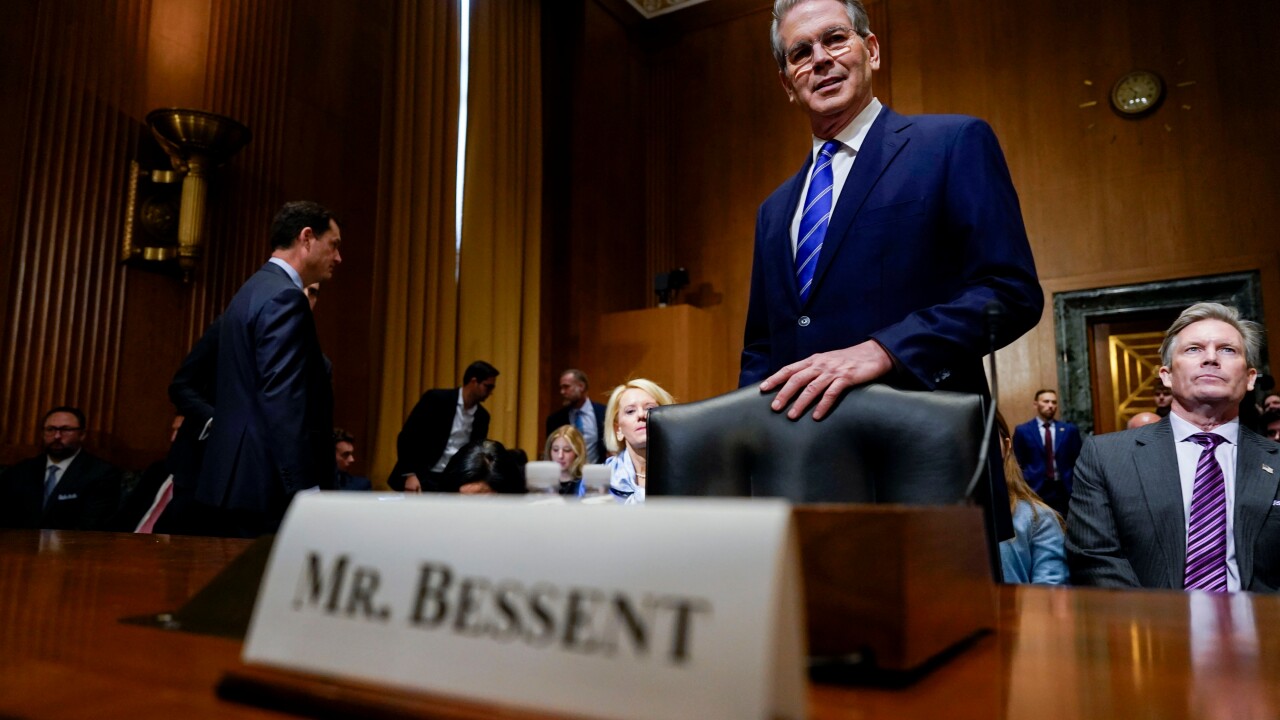As the administration of President-elect Donald Trump takes shape, there is a lot of discussion about deregulation and
Before we can have a rational discussion about how to end the systemic risk posed by the largest banks, we must first understand the root of the problem. First and foremost, the top banks are big because the Federal Reserve and other regulators have over the past several decades allowed and even encouraged a series of mergers between strong banks and weak. By countenancing these mergers and leaving inefficient operations intact, the Fed created enormous firms that are clearly too big to manage and generally do not generate positive risk-adjusted or even nominal returns.
Second, prudential regulations give the largest banks with active securities businesses an unfair advantage compared with smaller institutions. These regulations allow the largest banks to swell to enormous size, both in terms of their visible balance sheets and less apparent off-balance-sheet obligations (OBS). Part of the issue has to do with how regulators classify different types of funding, and the tendency of large banks to cut corners by characterizing securities transactions as "true sales" when they are really secured borrowings.
Starting in the 1980s, the Fed and Federal Deposit Insurance Corp. under Paul Volcker and William Isaac, respectively, essentially helped create the problem of "too big to fail" by allowing large banks to engage in high-risk OBS securities transactions — liabilities that were not supported by capital. The 2008 crisis was the unfortunate end result of these policies, when banks like Countrywide, Washington Mutual, Wachovia and Citigroup failed under the weight of hidden OBS liabilities that were mischaracterized as sales. The Fed also actively encouraged the creation of the market for over-the-counter derivatives to enhance large bank profits.
Why was this done? Well, in nominal terms, large banks actually tend to be far less profitable than observers may realize, particularly when compared to smaller banks. If one considers risk-adjusted "real" returns on equity, large banks are value destroyers. Only by allowing large banks to be creative in the reporting of their liabilities and to deal in OTC derivatives could the Fed and other regulators help them maintain the facade of profitability. The Fed sees the big banks as "conduits" for monetary policy; all central banks have an institutional bias in favor of mega institutions.
Rather than seek to address these structural issues by imposing impractical levels of capital, the Fed and other regulators can make a few subtle changes to law and regulation that will force the shrinkage of the largest banks gradually over time.
First, one little-discussed advantage large banks have is in how they settle deposits for periodic payments. Funds that a consumer "pays" for, say, a mortgage, or that a company sends to payroll, may linger on the paying bank's balance sheet for weeks before being processed with the receiving institution. Under current rules, the paying bank holds on to that cash as a deposit. With large banks dominating the market for fiduciary balances, this is just another factor inflating their balance sheet.
If regulators no longer allowed the largest banks to use these in-process balances as deposits — putting them in a trust account, instead — it would gradually force the downsizing of such institutions. Smaller banks could be given greater leeway with respect to these transactional deposits, but banks above say $500 billion in assets should be entirely prohibited from using these in-process payments to support leverage. Unlike smaller lenders, big banks do not primarily intermediate credit, but instead take huge duration risk in government and agency securities, and prime mortgage loans.
Second, all banks should be subject to far greater scrutiny as to how they characterize OBS transactions. While generally accepted accounting principles (GAAP) tend to give all U.S. firms greater leeway in terms of "true sales," U.S. regulators should impose on commercial banks a regime that is far closer to international standards. This would effectively force banks to move to an asset securitization model akin to covered bonds in Europe, where debt is issued to fund specific assets. This change would prevent banks from mischaracterizing asset securitizations as "true sales" and would reduce effective leverage in the banking system without requiring unrealistic levels of capital.
The result of the second change would be to see the migration of asset securitization back to the nonbank sector, which is a necessary condition of limiting OBS exposures and the systemic risk of large banks. Well-capitalized broker-dealers and nonbanks in the mortgage sector, for example, would be a welcome counterpoint to commercial banks and would help to diversify the risk in the financial markets away from the TBTF banks.
Finally, commercial banks should be prohibited from trading any cash debt securities or credit derivatives. The idea that a bank can act as a lender, on the one hand, while at the same time trading the cash debt or credit derivatives of the same issuer is obviously a gross conflict of interest. The Volcker Rule partially addressed this issue and should be expanded, not repealed.
The trading of debt and credit derivatives should be encouraged to move to independent broker-dealers and other nondepositories. Indeed, this migration is already in process thanks to the Volcker Rule, but a total prohibition is required to be completely effective. Indeed, one area where the incoming Trump administration should not seek to roll back the Dodd-Frank law is the Volcker Rule.
Dealing with the threat of TBTF and systemic risk more generally can be addressed without resorting to punitive capital requirements or reimposing draconian laws such as Glass-Steagall. Policymakers can address many of the most egregious systemic risks in the U.S. banking system simply by understanding why large banks are big in the first place.
Christopher Whalen is senior managing director and head of research at Kroll Bond Rating Agency. He can be reached on Twitter





